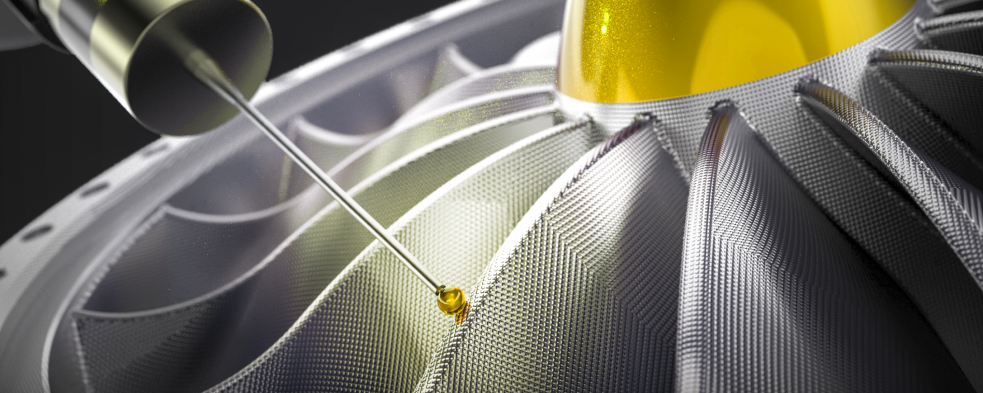In the field of materials science and engineering, the impact toughness of metal materials is an important indicator for measuring their ability to resist impact loads without brittle fracture. As a key means of evaluating this performance, impact testing not only reveals the behavioral characteristics of materials under extreme conditions, but also profoundly affects the application scope and safety of materials. Next, Jiangsu Aohui Testing will explore the various effects of metal material impact testing on its impact toughness.
Direct quantification of impact toughness
Impact testing, such as the Charpy V-notch impact test, directly calculates the impact absorption energy, which is the ability of a material to absorb impact energy without immediately breaking, based on the fracture behavior of a standard specimen under impact load, thereby quantifying the impact toughness. This process provides precise data support for material design, selection, and quality control.
Revealing the influence of microstructure
The results of impact testing often reflect the differences in the internal microstructure of metal materials. For example, factors such as grain size, phase distribution, and dislocation density can significantly affect the impact toughness of materials. By comparing the impact test results of materials under different heat treatment or processing conditions, we can gain a deeper understanding of the specific mechanism by which microstructural changes affect impact toughness, and thus guide material modification.
Evaluate temperature sensitivity
Many metal materials exhibit a significant brittle transition at low temperatures, with a sharp decrease in impact toughness. Impact testing is conducted at different temperatures, which can accurately evaluate the low-temperature toughness of materials and provide important references for applications in cold environments. In addition, the ductile brittle transition temperature of the material can be discovered through testing, which sets limits for the safe use temperature range of the material.
Promote the research and development of new materials
With the continuous advancement of technology, the demand for high-performance metal materials is increasing day by day. As an important means of evaluating the comprehensive performance of materials, impact testing provides valuable experimental data and theoretical support for the development of new materials. By continuously optimizing the impact testing method, the impact toughness of new materials can be predicted more accurately, accelerating their transition from laboratory to industrial applications.
In summary, the impact testing of metal materials has a profound and extensive impact on their impact toughness. It not only directly quantifies the impact performance of materials, but also reveals the mechanism of key factors such as microstructure and temperature sensitivity, while promoting the research and application of new materials. Therefore, in the field of materials science and engineering, in-depth research and optimization of impact testing technology are of great significance.



